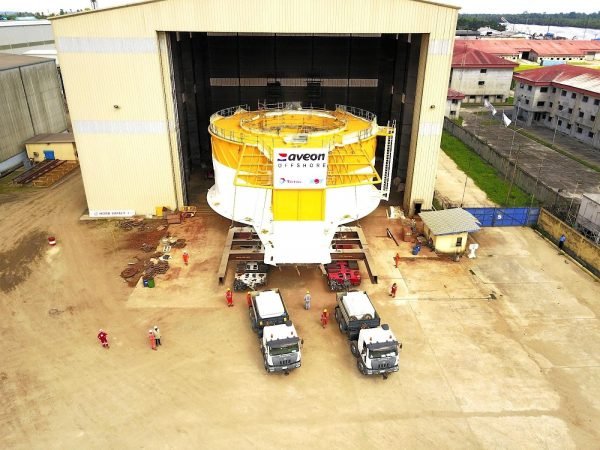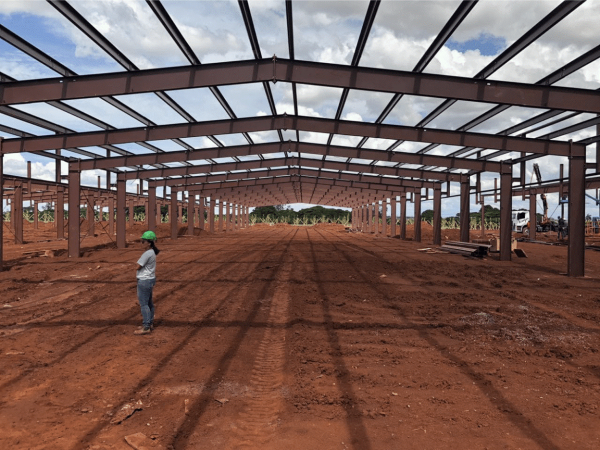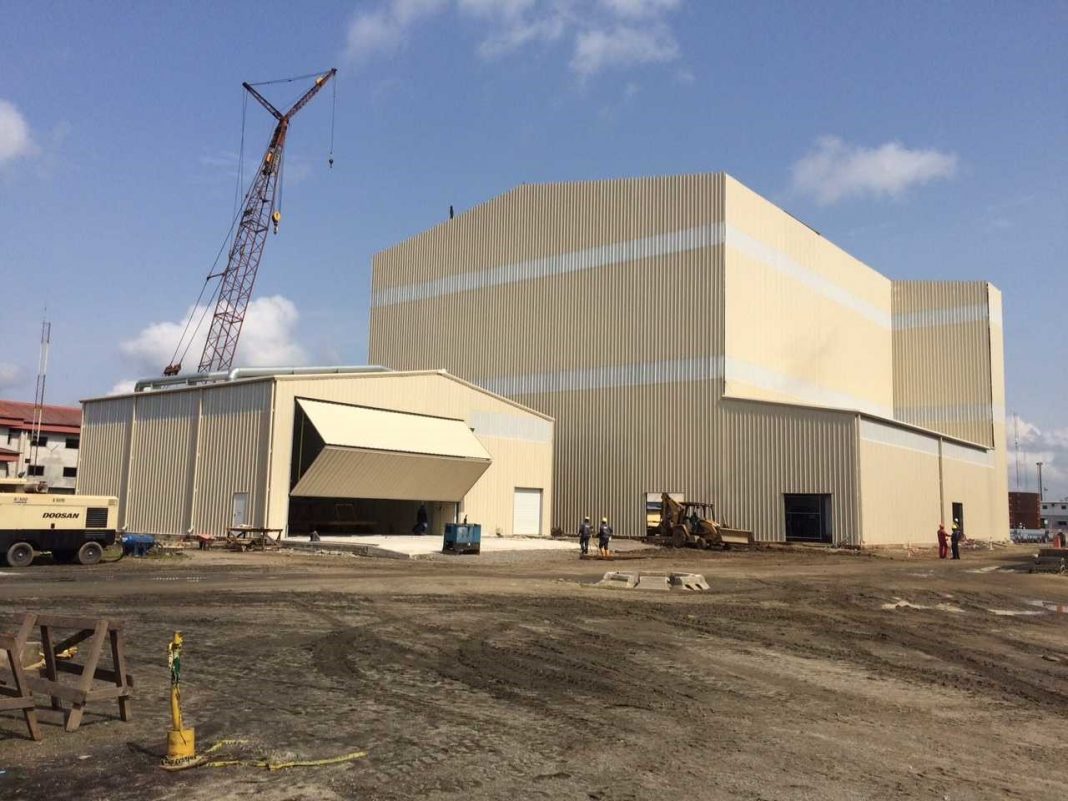In terms of construction projects, Africa is not usually thought of among the world leaders. However, thanks to innovative building materials and meticulous collaboration between providers and local African brain trusts, remarkable gains have been made in providing the African people with the schools, hospitals, and commercial centers they need for their people to thrive in the 21st century.
While the work of countless individuals lies at the heart of these accomplishments, it would not be possible without leveraging the benefits of steel for facility construction. From helping to control costs to providing elite durability in the harsh African climate, steel buildings represent the perfect solution for African development. Keep reading to find out all of the ways that steel buildings are advantageous in Africa.
Low Cost Construction
Although cost is a mitigating factor in all types of construction projects around the world, it is truly magnified in Africa, where the average per capita income of even the most wealthy African countries is roughly 1/10 that of the United States.
To help in this regard, steel buildings are among the most affordable structures in the industry. Some reasons behind the low cost of steel structures include:
- Less elaborate foundations required for support
- Large sections of the structure are pieced together in the warehouse, resulting in less labor hours at the construction site
- Due to the high degree of prefabrication, fewer mistakes and costly rework scenarios arise during the construction process
- Prefabricated steel kits can usually be arranged to fit on a single shipping vessel, resulting in lower freight costs for overseas nations
The lower cost construction of metal facilities was demonstrated by a recent school project in Zambia, which resulted in a very favorable price for the people in the remote region.
Fewer Supplies Needed

There are sections of Africa that stretch hours on end between towns or commercial hubs. As a result, it can be extremely difficult to procure the tools and machinery necessary to complete a construction project.
In addition to requiring smaller crews to complete the project, prefabricated metal buildings can usually be erected with fewer tools and less machinery than other types of construction. This makes them an appealing choice in areas of the world where resources can be difficult to come by.
Extremely Durable
One of the most well-known benefits of steel structures is their outstanding durability. Most steel buildings will last at least 100 years with the most basic care. This gives them a distinct advantage over other types of buildings that will quickly degrade when exposed to the incessant African sun.
Low Maintenance
The outstanding durability of steel is achieved without the need for any special care or maintenance requirements. As opposed to wood buildings that must be frequently painted or oiled to retain their insulative properties and masonry structures that need to be regularly sealed to remain airtight and water resistant, metal buildings remain pristine with little more than an occasional wash. While this is typically performed with a pressure washer, it can also be performed by hand, with an emphasis on removing any debris plastered to the surface to prevent corrosion.
Resistant to the Conditions
The inorganic composition of structural steel is the underlying reason for its outstanding durability and low maintenance properties. Simply put, there is no other type of building material that can match steel’s resistance to fire, moisture, insect, mold, and impact. This is exceptionally important when building in Africa, as pests such as termites are known to wreak havoc on wood facilities. In addition, steel is a highly reflective material, so it will absorb fewer of the sun’s rays than other types of products with higher thermal mass. Materials that absorb heat from the sun will then slowly release the heat, keeping the structure hot long after the sun has gone down, while metal buildings will cool more quickly once the sun abates.
Compatible for Future Alterations
The bolt-together fabrication of steel buildings make them much more convenient for future expansion and renovation than concrete or wood facilities, which often require extensive alteration to the foundation or framework to accomplish any future projects. Not only does this make it more convenient for expansion and renovation, but it makes steel buildings highly portable. For example, if the need for the building would cease in one area, the structural steel panels could be deconstructed and moved to another area relatively easily, leading to massive cost savings over other construction types where transport is nearly impossible once the structure is operational.
Steel Buildings: An Ideal Solution for Africa
The use of structural steel facilities throughout the continent are helping satisfy the diverse needs of the African people in the 21st century. With features such as low cost construction, extreme durability, little ongoing maintenance, and excellent resistance to the harsh conditions, steel buildings represent the perfect construction solution for all that the continent requires.
Also Read
How you can develop a successful career in construction
Quantity Surveying and Cost Engineering : What is the Difference?

